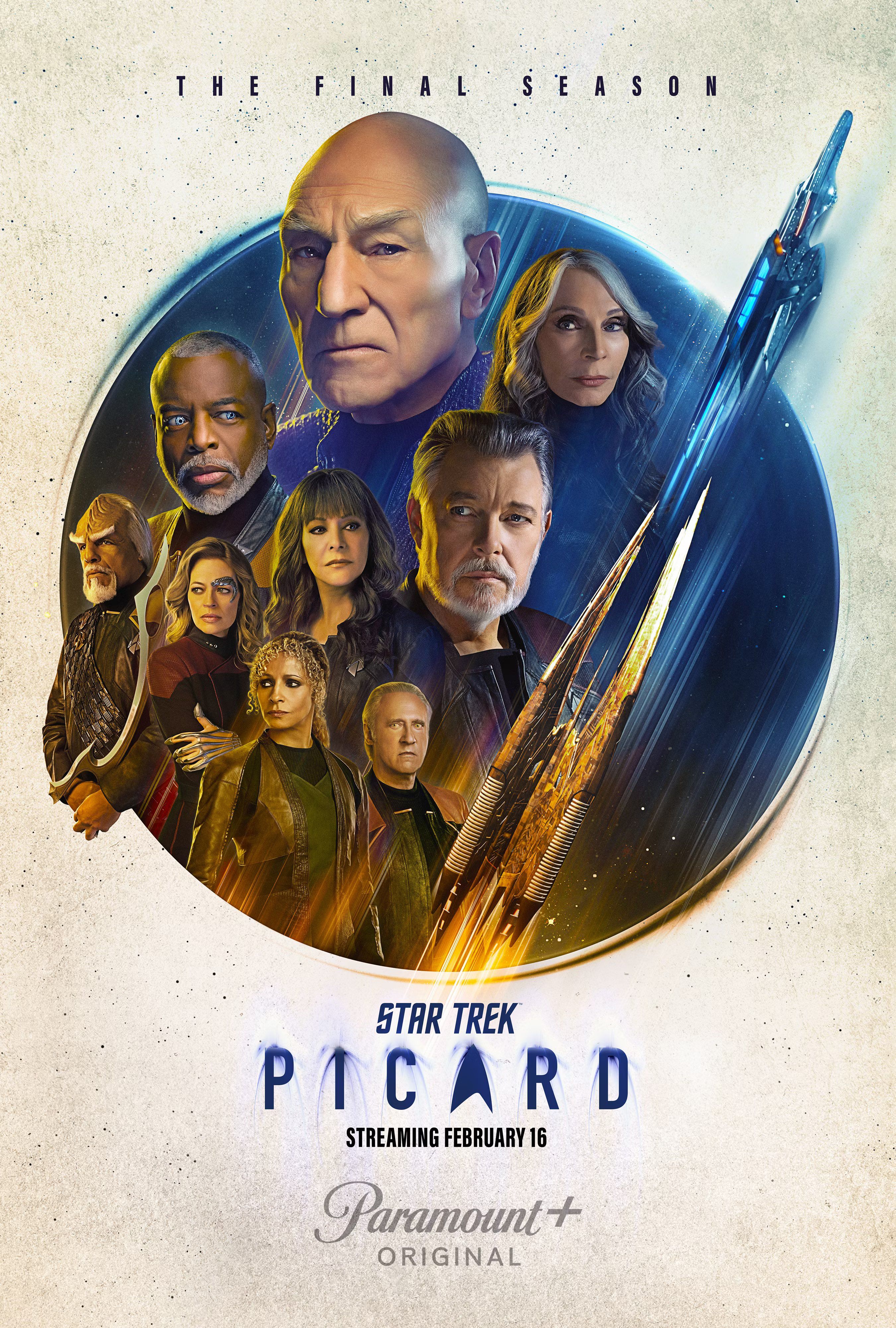Summary
- Alien species in Star Trek have evolved in appearance and culture over the franchise’s 58-year history.
- Not all changes have been well-received by fans, as some retroactively added depth to alien species.
- Characters like Quark, Seven of Nine, and Saru have revolutionized our understanding of traditional Trek aliens.
Star Trek has introduced numerous alien species that have changed throughout the franchise’s 58-year existence. After all, Star Trek: The Original Series in the 1960s simply did not have the same level of prosthetic magic that makeup artists have today. The aliens of TOS were much simpler in design, but as prosthetics, make-up, and CGI improved, many alien species got significant upgrades regarding their appearance. Star Trek has not always offered an in-universe explanation for these changes, and some have been met with more positive reactions than others.
Many Star Trek aliens have changed in more than just appearance, as elements of their cultures have been updated for modern audiences. What worked in the 1960s or 1990s does not always work on television today, for a variety of reasons, and some alien cultures had to be reimagined to fit better within different eras of Star Trek. From Ferengi to Klingons to Kelpiens, here are 15 alien species that have changed throughout Star Trek’s various television shows and films.
Related
Every Upcoming Star Trek Movie & TV Show
Star Trek is ending series like Discovery and Lower Decks but renewed Strange New Worlds while setting up new streaming and theatrical movies.
The Ferengi
Star Trek: The Next Generation, Star Trek: Deep Space Nine, Star Trek: Lower Decks
When fans first met the Ferengi in Star Trek: The Next Generation season 1, episode 5, “The Last Outpost,” they were a caricature of selfishness and lechery. Although the Ferengi were initially intended to be the “big bad” of TNG, fans and producers found it hard to take these bumbling profit-obsessed barbarians seriously. Star Trek: Deep Space Nine and Armin Shimerman’s Quark changed the entire game for the species.
While many Ferengi were still obsessed with profit or treated women poorly, they could also be very clever. Quark, in particular, was full of complicated contradictions. He always cared about securing a profit, but was also incredibly intelligent and sometimes surprisingly helpful. DS9 helped bring depth to the Ferengi, and Star Trek: Lower Decks later revealed more about the ways Ferengi culture had changed and developed.
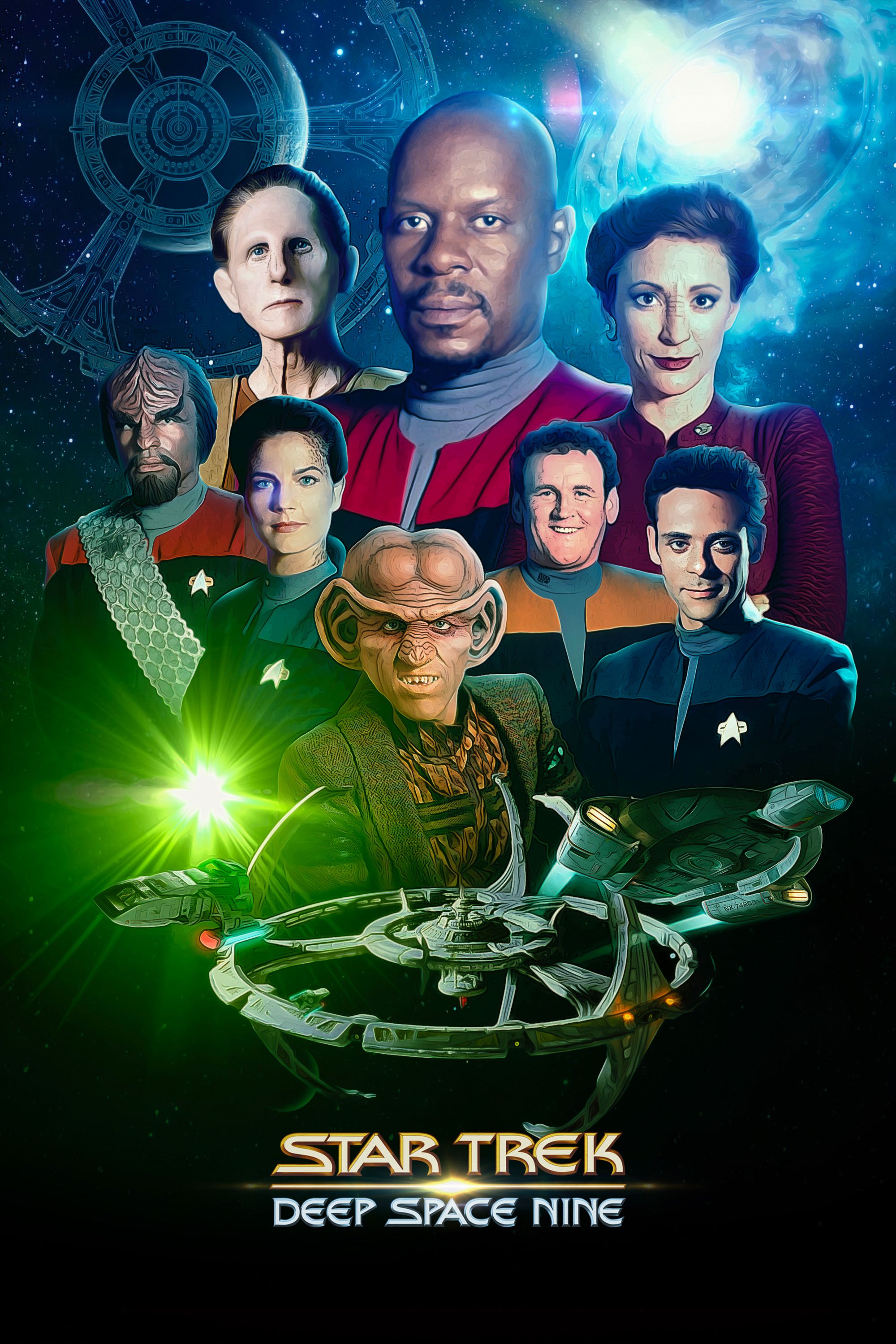
Star Trek: Deep Space Nine
Star Trek: Deep Space Nine, also known as DS9, is the fourth series in the long-running Sci-Fi franchise, Star Trek. DS9 was created by Rick Berman and Michael Piller, and stars Avery Brooks, René Auberjonois, Terry Farrell, and Cirroc Lofton. This particular series follows a group of individuals in a space station near a planet called Bajor.
- Cast
- Avery Brooks , Rene Auberjonois , Cirroc Lofton , Colm Meaney , Armin Shimerman , Alexander Siddig , Nana Visitor , Michael Dorn , Nicole de Boer , Terry Farrell , Andrew Robinson
- Release Date
- January 3, 1993
- Seasons
- 7
- Showrunner
- Michael Piller , Ira Steven Behr
The Organians
Star Trek: The Original Series, Star Trek: Enterprise
Although the Organians initially appeared as humanoids on Star Trek: The Original Series, they were actually incredibly advanced incorporeal beings. Over millions of years, the Organians had developed beyond the need for physical bodies, and they simply wanted to remain out of any conflicts. While TOS revealed little about the Organian’s history, Star Trek: Enterprise filled in some of the blanks.
The Organians of Enterprise were curious but ambivalent to humanoids, wanting to learn from their experiences but struggling to understand why their people cared so much about their flimsy little bodies. These Organians possessed members of the Enterprise NX-01 crew in order to observe their behavior. Sometime between Enterprise and Star Trek: The Original Series, the Organians adopted humanoid forms for communication with other lifeforms.
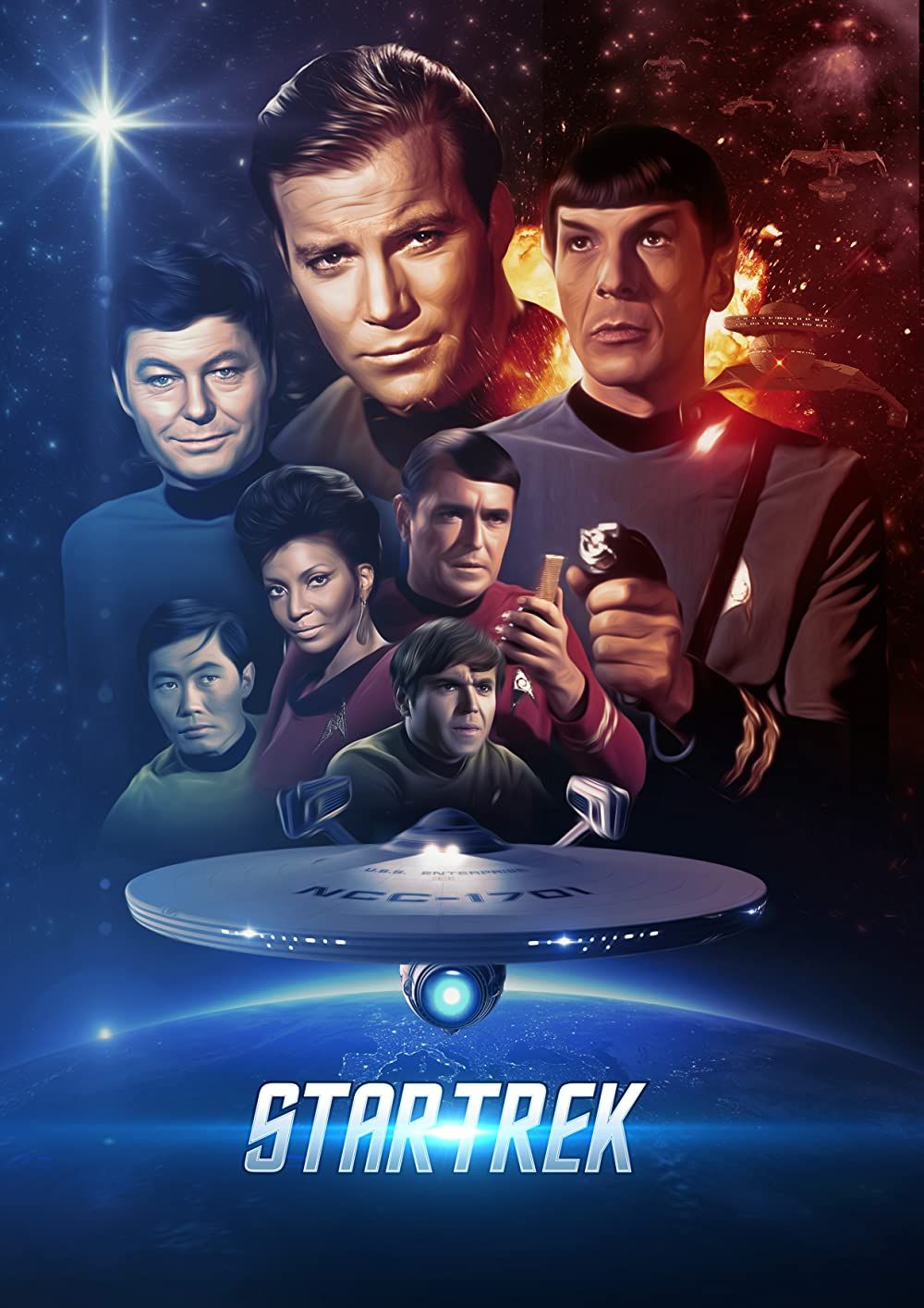
Star Trek: The Original Series
Star Trek: The Original Series follows the exploits of the crew of the USS Enterprise. On a five-year mission to explore uncharted space, Captain James T. Kirk (William Shatner) must trust his crew – Spock (Leonard Nimoy), Dr. Leonard “Bones” McCoy (Forest DeKelley), Montgomery “Scotty” Scott (James Doohan), Uhura (Nichelle Nichols), Chekov (Walter Koenig) and Sulu (George Takei) – with his life. Facing previously undiscovered life forms and civilizations and representing humanity among the stars on behalf of Starfleet and the United Federation of Planets, the Enterprise regularly comes up against impossible odds and diplomatic dilemmas.
- Release Date
- September 8, 1966
- Seasons
- 3
- Showrunner
- Gene Roddenberry
Andorians
Star Trek: The Original Series, Star Trek: Enterprise, Star Trek: Strange New Worlds
Although Andorians were introduced in Star Trek: The Original Series, they were not fully developed until Star Trek: Enterprise. A militaristic species, the Andorians engaged in a cold war with the Vulcans, before both species eventually became founding members of the United Federation of Planets. By the 23rd and 24th centuries, many Andorians were serving in Starfleet, some even holding high-ranking positions.
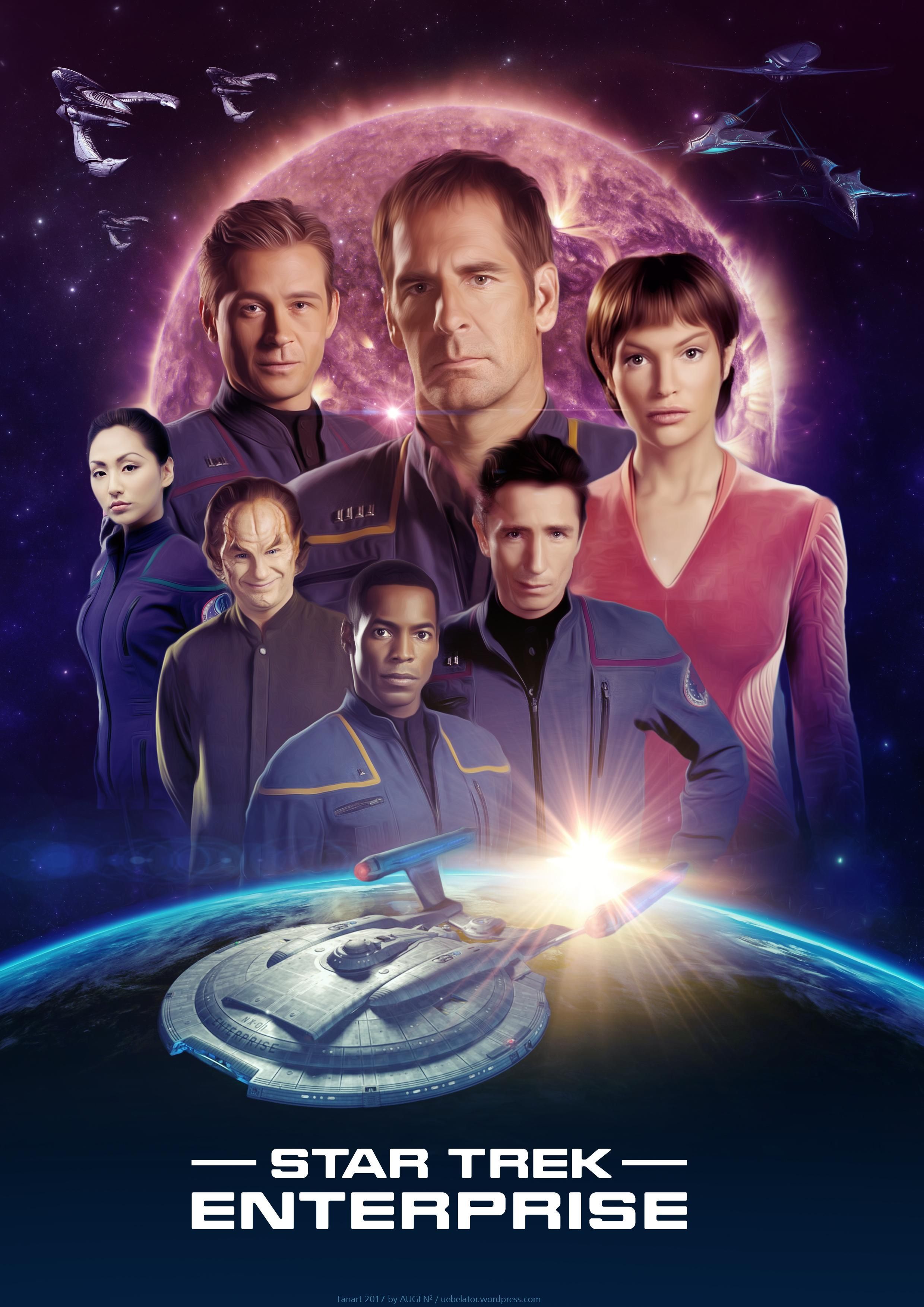
Star Trek: Enterprise
Star Trek: Enterprise acts as a prequel to Star Trek: The Original Series, detailing the voyages of the original crew of the Starship Enterprise in the 22nd century, a hundred years before Captain Kirk commanded the ship. Enterprise was the sixth series in the Star Trek franchise overall, and the final series before a twelve-year hiatus until the premiere of Star Trek: Discovery in 2017. The series stars Scott Bakula as Captain Jonathan Archer, with an ensemble cast that includes John Billingsley, Jolene Blalock, Dominic Keating, Anthony Montgomery, Linda Park, and Connor Trinneer.
- Release Date
- September 26, 2001
- Seasons
- 4
- Showrunner
- Brannon Braga , Manny Coto
Enterprise also introduced the subspecies of Andorians known as the Aenar, who were completely blind, but had strong telepathic abilities. Because of their pacifist ideology, few Aenar joined Starfleet, but Lt. Hemmer (Bruce Horak) of Star Trek: Strange New Worlds was a notable exception. Hemmer served as Chief Engineer on the USS Enterprise under the command of Captain Christopher Pike (Anson Mount) until he sacrificed himself to save his crewmates from the Gorn.
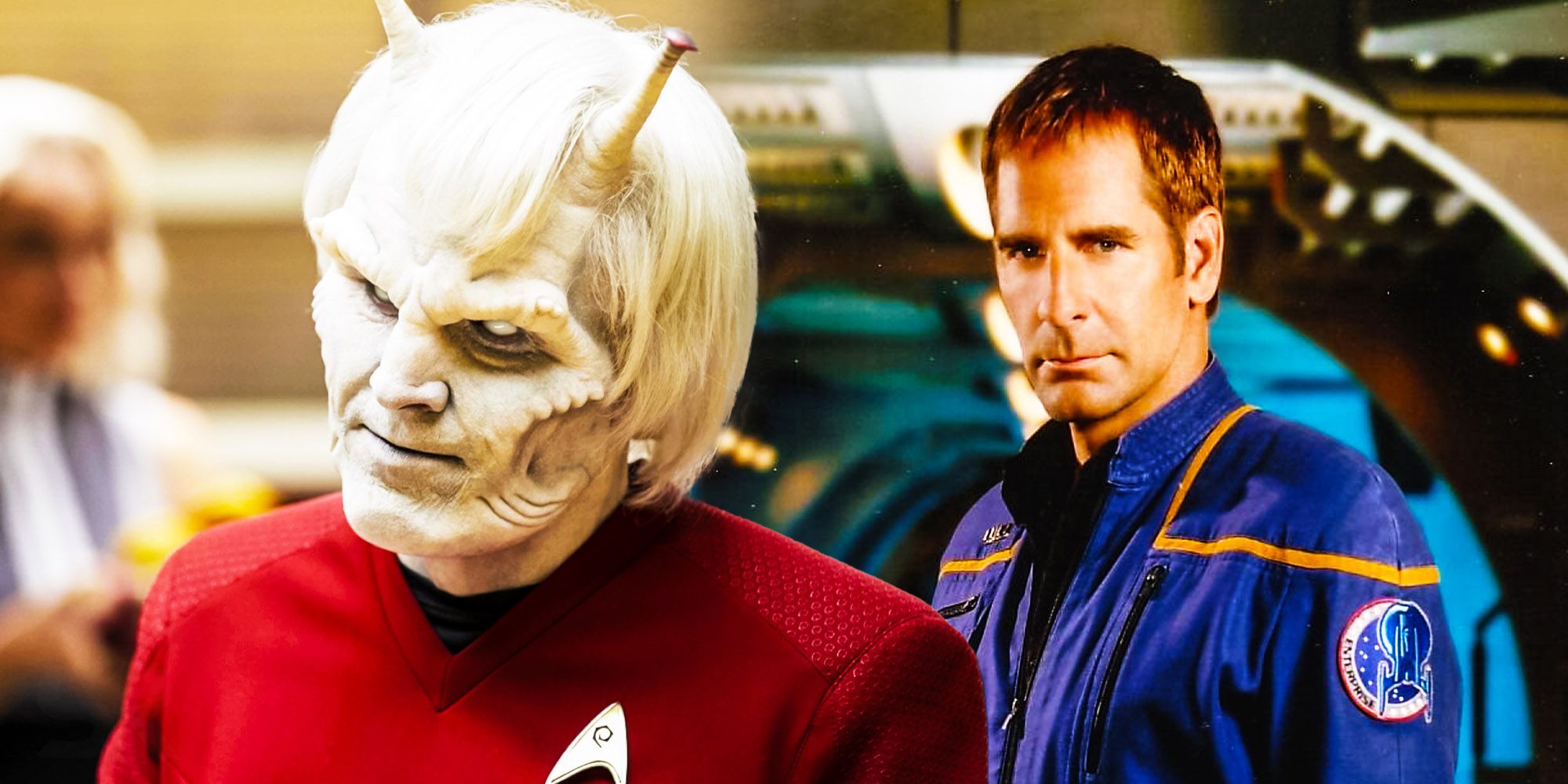
Related
Strange New Worlds’ Fan Favorite Hemmer Owes A Debt To Star Trek: Enterprise Writer
Star Trek: Enterprise writer Andre Boramis invented the Aenar, which led to the creation of fan-favorite Lt. Hemmer on Star Trek: Strange New Worlds.
Augments
Star Trek: The Original Series, Star Trek: Deep Space Nine, Star Trek: Strange New Worlds
Infamous tyrant Khan Noonien Singh (Ricardo Montalban) was one of the first genetically modified humans introduced in Star Trek, revealing the danger of unchecked hubris that often came along with genetic enhancement. Based on Khan’s history, it’s understandable why the Federation grew weary of genetic modification, but DS9 and later Strange New Worlds offered alternative perspectives on Augments.
Dr. Julian Bashir (Alexander Siddig) served as the Chief Medical Officer on Deep Space Nine, tending to his patients with compassion and empathy. Bashir was nothing like the egomaniacal Khan and proved that genetically modified humans were not inherently corrupt. In Strange New Worlds, Number One (Rebecca Romijn) reveals herself to be a genetically enhanced Illyrian but remains one of the best First Officers in Starfleet.
Number One’s trial in
Star Trek: Strange New Worlds
season 2, episode 2, “Ad Astra Per Aspera,” helped some to see that being genetically enhanced should not be a crime in and of itself.
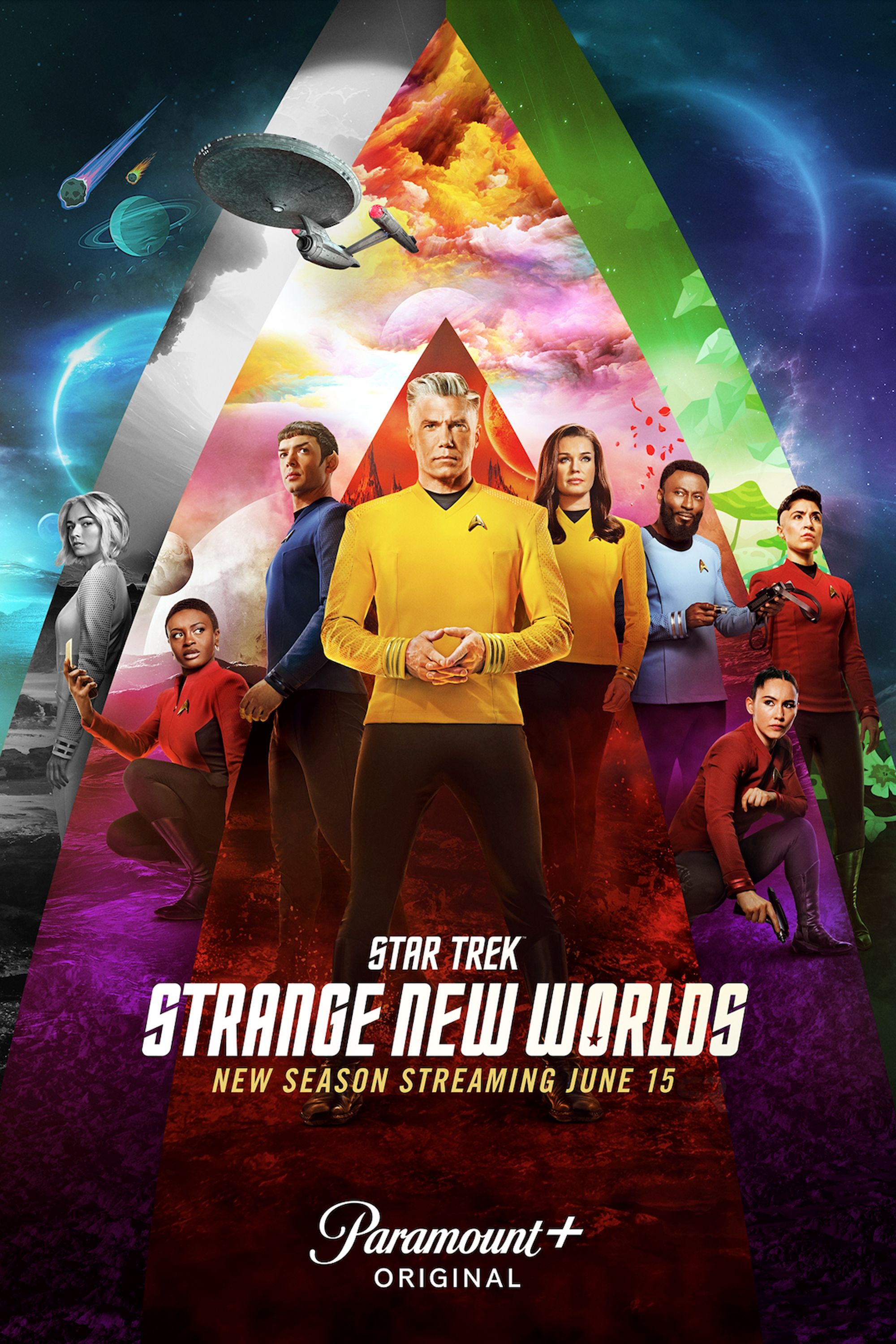
Star Trek: Strange New Worlds
A spin-off of Star Trek: Discovery, Star Trek: Strange New Worlds is a television series that takes place before the events of the original series and follows Captain Christopher Pike as he mans the helm of the U.S.S. Enterprise. The show focuses on this previous crew of the Enterprise as they explore the galaxy with returning characters from Discovery.
- Release Date
- May 5, 2022
- Seasons
- 4
- Showrunner
- Henry Alonso Myers , Akiva Goldsman
The Borg
Star Trek: The Next Generation, Star Trek: Voyager, Star Trek: Picard
In Star Trek: The Next Generation, the Borg were one of the most fearsome foes Captain Jean-Luc Picard (Patrick Stewart) ever encountered. The Borg changed quite a bit from their first appearance on TNG to their last, as episodes like TNG season 5, episode 23, “I, Borg,” showed that individual Borg drones could be rehabilitated. Star Trek: Voyager took this idea even further with the introduction of Jeri Ryan’s Seven of Nine.
The leader of the Borg, known as the Borg Queen (Alice Krige), was introduced in
Star Trek: First Contact.
Seven of Nine went on to become one of Star Trek’s most beloved characters, and while Voyager may have made the Borg less menacing, it also made them more interesting. Star Trek: Picard also introduced updated versions of the Borg, with a new, benevolent Borg Queen in season 2 and upgraded assimilation technology in season 3. Picard season 3 arguably made the Borg scary again, firmly establishing them as one of Star Trek’s best villains.
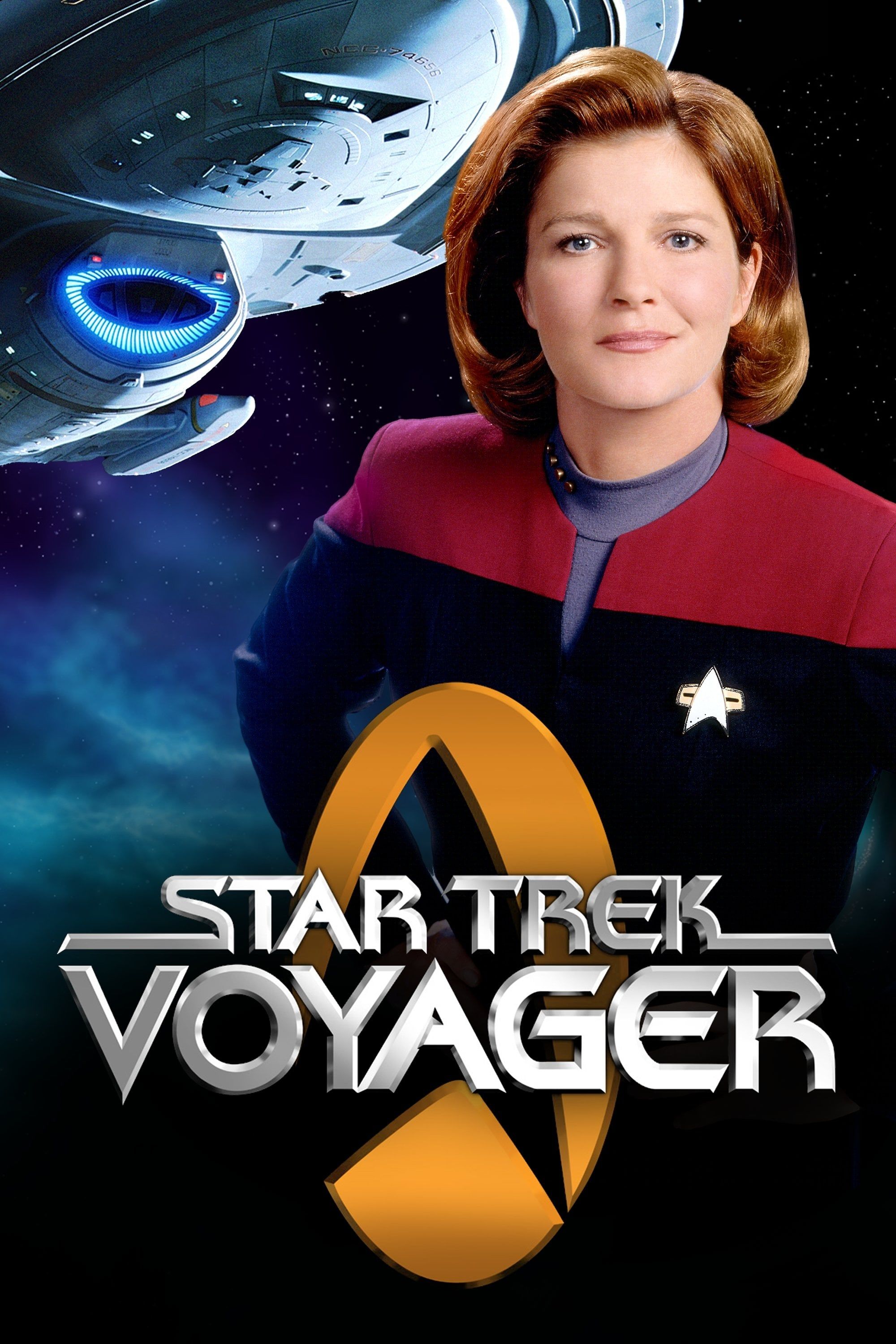
Star Trek: Voyager
The fifth entry in the Star Trek franchise, Star Trek: Voyager, is a sci-fi series that sees the crew of the USS Voyager on a long journey back to their home after finding themselves stranded at the far ends of the Milky Way Galaxy. Led by Captain Kathryn Janeway, the series follows the crew as they embark through truly uncharted areas of space, with new species, friends, foes, and mysteries to solve as they wrestle with the politics of a crew in a situation they’ve never faced before.
- Release Date
- May 23, 1995
- Seasons
- 7
- Showrunner
- Michael Piller , Jeri Taylor , Brannon Braga , Kenneth Biller
The Orions
Star Trek: The Original Series, Star Trek: Lower Decks
In Star Trek: The Original Series, the green-skinned Orions were only known as slaves or smugglers, but subsequent Trek series have expanded on this unique alien species. Enterprise tried to update the Orions for a more modern audience, revealing that some female Orions could emit pheromones to control the men around them. This portrayal of the Orions was also somewhat questionable, and it wasn’t until Star Trek: Lower Decks that the Orions got true redemption.
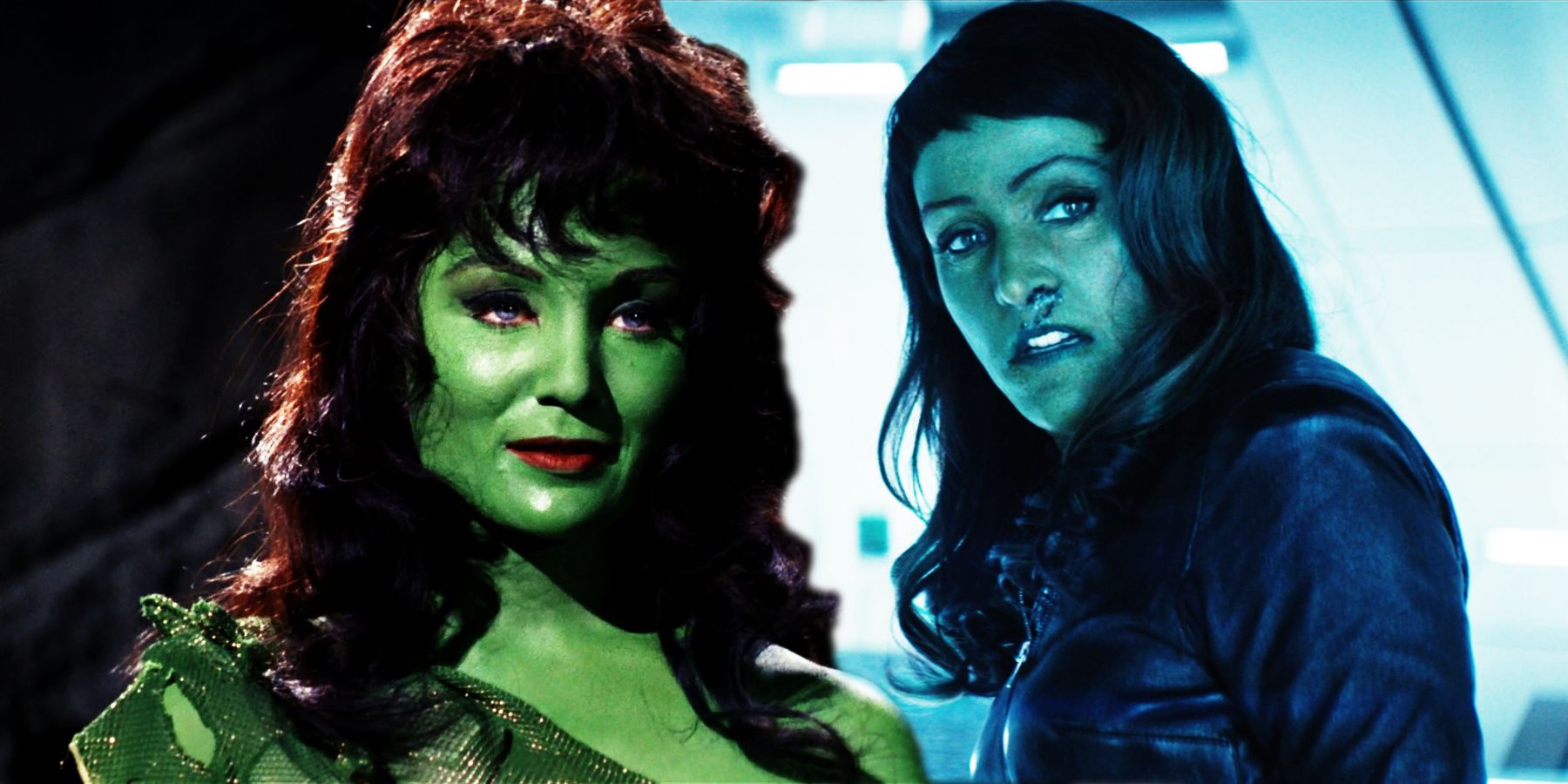
Related
10 Updates Star Trek Just Gave Tendi & Orions
The Orions first appeared in Star Trek back in 1966, but very little was known about their society and culture until Lower Decks’ Tendi returns home.
Lt. D’Vana Tendi (Noël Wells) of the USS Cerritos goes against every stereotype about Orions on Star Trek: Lower Decks. D’Vana is bubbly, outgoing, brilliant, and kind, despite having been trained as an Orion Syndicate assassin. Tendi has overcome her past as a pirate, but the skills she learned along the way have come in handy throughout her Starfleet career. Even by the 2380s, Orions did not commonly join Starfleet, but there were a few beyond Tendi serving on Federation Starships.
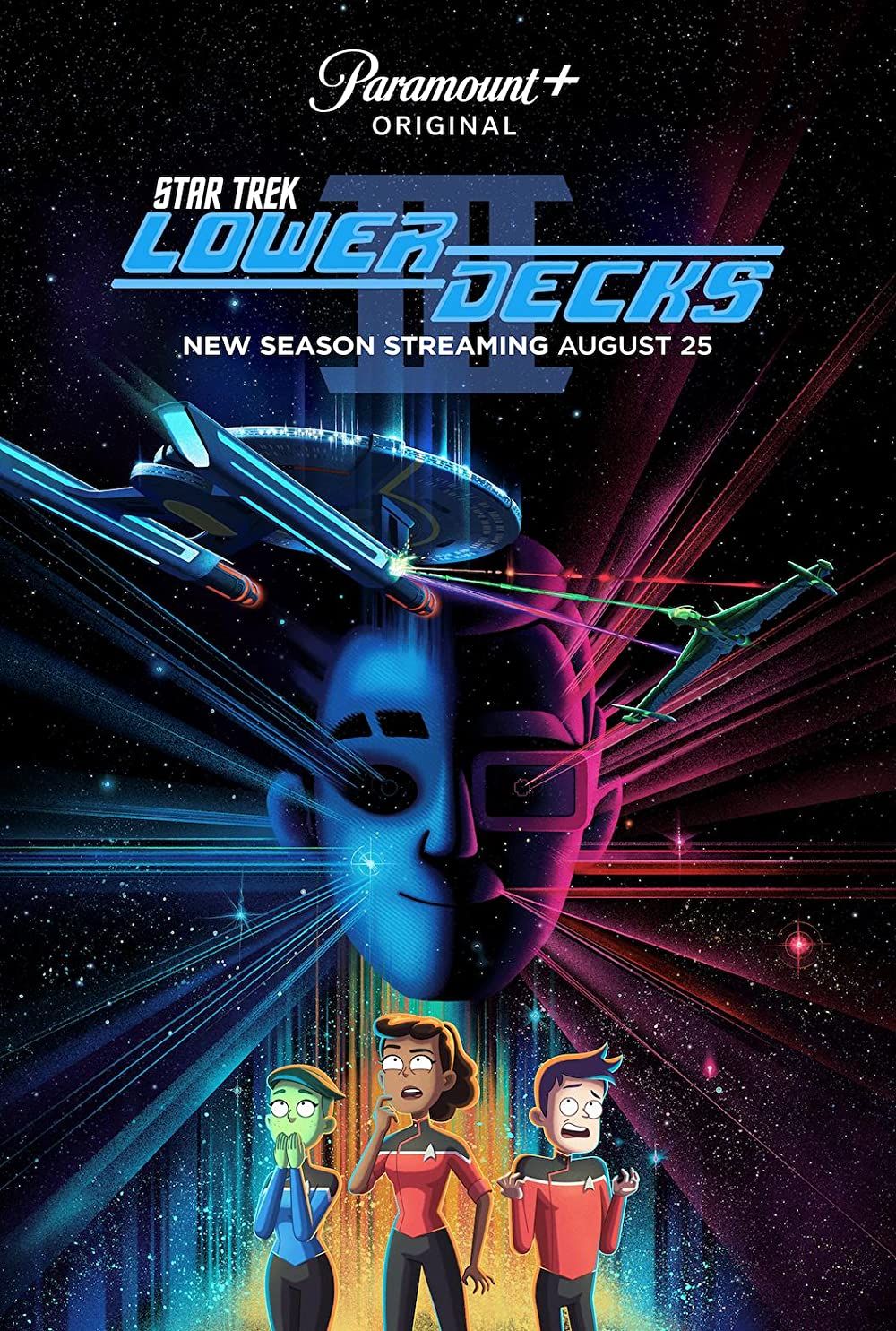
Star Trek: Lower Decks
“Star Trek: Lower Decks” focuses on the support crew serving on one of Starfleet’s least important ships, the USS Cerritos, in 2380. Ensigns Mariner, Boimler, Rutherford and Tendi must keep up with their duties and their social lives, often while the ship is being rocked by a multitude of sci-fi anomalies. The ship’s bridge crew includes Captain Carol Freeman, Commander Jack Ransom, Lieutenant Shaxs and Doctor T’Ana. This is the second animated spin-off in the franchise after 1973-74’s “Star Trek: The Animated Series,” but has a decidedly more adult tone and humor.
- Cast
- Tawny Newsome , Jack Quaid , dawnn lewis , Noel Wells , Eugene Cordero , Gabrielle Ruiz , Fred Tatasciore , Jerry O’Connell
- Release Date
- August 6, 2020
- Seasons
- 5
- Showrunner
- Mike McMahan
The Romulans
Star Trek: The Original Series, Star Trek: The Next Generation, Star Trek: Deep Space Nine, Star Trek: Enterprise, Star Trek: Picard
Beginning in Star Trek: The Original Series, Romulans were insidious villains, with a xenophobic and isolated society. Throughout Star Trek: The Next Generation, the Romulans remained enemies of the Federation, but episodes like “The Defector” and TNG‘s “Unification” two-parter showed that some Romulans wanted change. The Romulans continued to evolve on DS9, as they fought alongside the Federation during the Dominion War.
The relationship between the Federation and the Romulan Star Empire was still tenuous by the time of Star Trek: Picard. When the Romulan sun went supernova, Starfleet initially led a rescue mission before a synth attack on Mars destroyed their rescue fleet. Centuries later, the Romulans had reunited with their biological cousins, the Vulcans, and Vulcan was renamed Ni’Var. Ni’Var later rejoined the 32nd-century Federation, allowing Romulans to serve in Starfleet.
Around the year 2400, Romulan Qowat Milat member Elnor (Evan Evagora) became the first full-blooded Romulan cadet to attend Starfleet Academy.
The Talosians
Star Trek: The Original Series, Star Trek: Discovery
In Star Trek’s original, unaired pilot, “The Cage,” Captain Christopher Pike (Jeffrey Hunter) encountered an advanced alien species called the Talosians who could alter people’s perceptions. These powerful beings wanted to have humans within their alien menagerie, not realizing how much humans would fight against being imprisoned. The Talosians did not seem to have any particular affection toward humans, beyond their treatment of crash survivor Vina (Susan Oliver).
Star Trek: Discovery recontextualizes the Talosians, suggesting they care more than they let on. In Discovery season 2, episode 8, “If Memory Serves,” CommanderMichael Burnham (Sonequa Martin-Green) and Lt. Spock (Ethan Peck) sought out help for Spock’s mental deterioration, and the Talosians and Vina (Melissa George) helped treat him. Regardless of why the Talosians helped, their actions in Discovery showed a far more compassionate side to them.
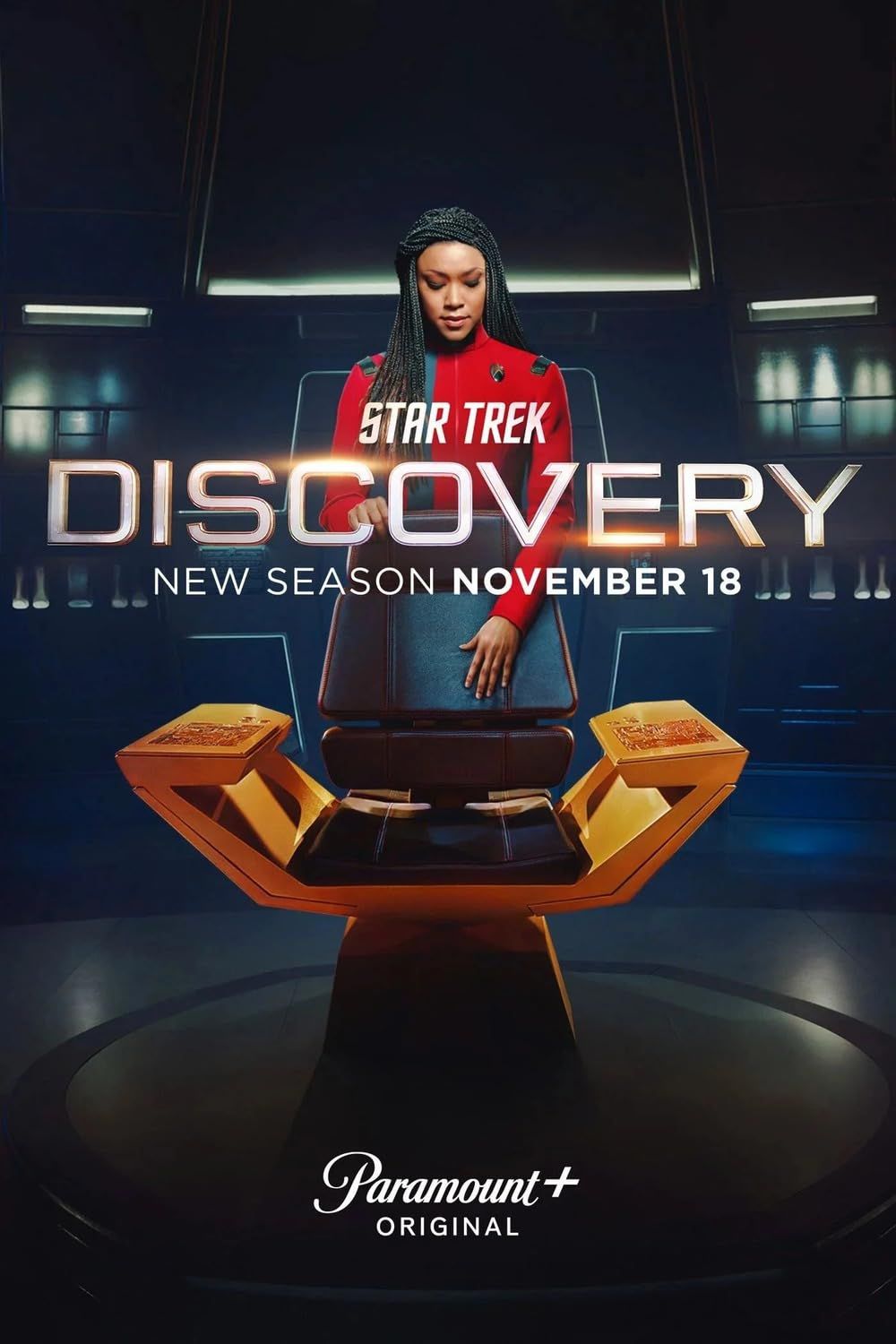
Star Trek: Discovery
Star Trek: Discovery is an entry in the legendary Sci-Fi franchise, set ten years before the original Star Trek series events. The show centers around Commander Michael Burnham, assigned to the USS Discovery, where the crew attempts to prevent a Klingon war while traveling through the vast reaches of space.
- Release Date
- September 24, 2017
- Seasons
- 5
- Showrunner
- Alex Kurtzman
The Trill
Star Trek: The Next Generation, Star Trek: Deep Space Nine, Star Trek: Discovery
In looks alone, the Trill changed significantly from their first appearance in Star Trek: The Next Generation, where they had forehead ridges and no spots. When Star Trek: Deep Space Nine decided to bring the Trill back in the form of Jadzia Dax (Terry Farrell), they changed their appearance to accentuate Farrell’s beauty. The Trill gained their recognizable spots, and viewers learned a lot more about the relationship between Trill hosts and their symbionts.
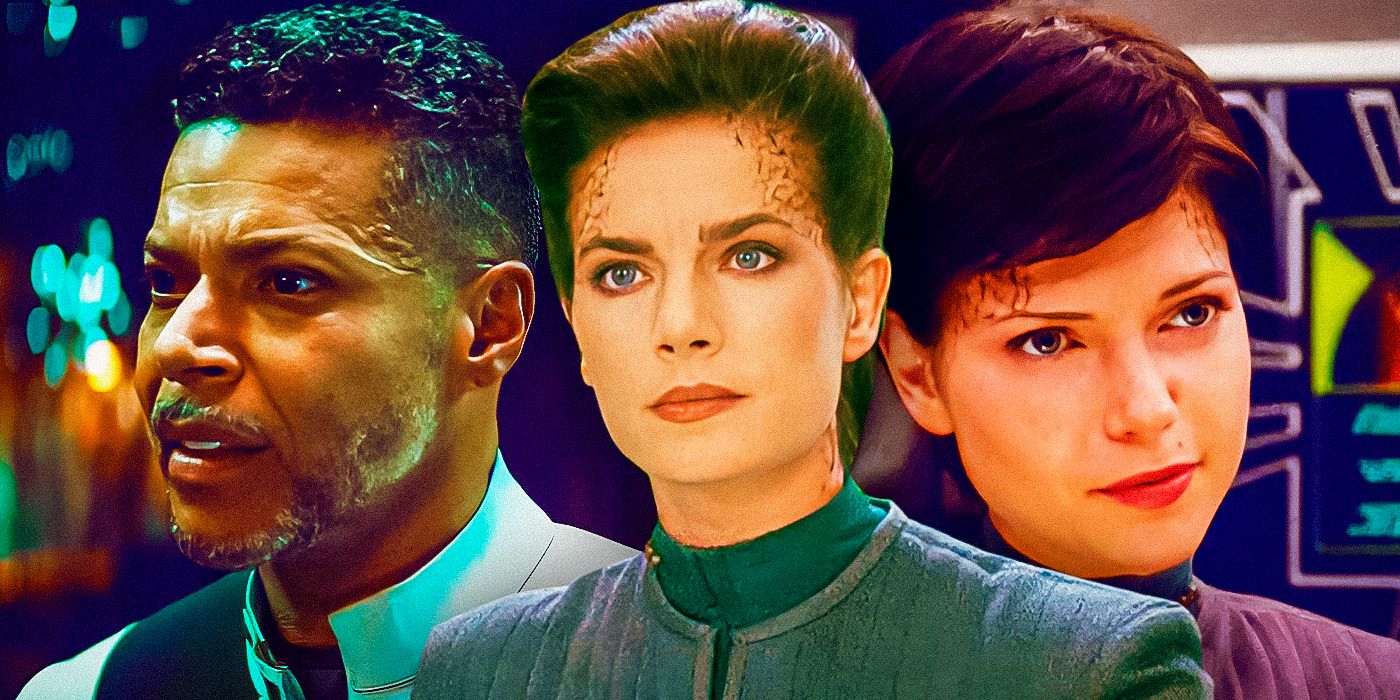
Related
Star Trek: Discovery Reminds Us DS9 Made Dax Cool Because Trills Are Weird
Star Trek: Discovery’s Trills are weird and secretive, in sharp contrast to the cool and charismatic Jadzia and the charming Ezri Dax in DS9.
Star Trek: Discovery introduced Gray Tal (Ian Alexander), a joined Trill who was fatally injured not long after receiving the Tal symbiont. Gray’s human partner, Adira (Blu del Barrio), then took on the symbiont, the first non-Trill to do so. Gray’s consciousness then began appearing to Adira, and Gray was given a new synthetic body. Gray later left the USS Discovery to join the Trill Guardians who cared for the unjoined symbionts.
The Klingons
Star Trek: The Original Series, Star Trek: The Next Generation, Star Trek: Deep Space Nine, Star Trek: Enterprise, Star Trek: Discovery, Star Trek: Picard
The Star Trek species that has changed the most over the years is the Klingons, from their ever-shifting facial ridges, coloring, and culture. First seen in Star Trek: The Original Series season 1, episode 26, “Errand of Mercy,” the Klingons have become one of Star Trek’s most iconic alien species, with a fully developed language and culture. The Klingons went from being enemies of the Federation throughout TOS to being reluctant allies by the time of Star Trek: The Next Generation.
Both
Star Trek: The Next Generation
and
Star Trek: Deep Space Nine
added depth to Klingon culture, often through the lens of Lt. Worf (Michael Dorn), who felt torn between his Klingon heritage and his duties as a Starfleet officer.
Star Trek: Discovery saw the Klingons undergo another controversial redesign, as the show’s early seasons explored the causes of the Federation-Klingon War. The Klingon Empire of Discovery was in disarray as various Great Houses fought for power until they temporarily united against the Federation. This Federation-Klingon War eventually came to an end when L’Rell (Mary Chieffo) became High Chancellor, but the relationship between the Federation and the Klingons remained strained for decades.
The Kalarans
Star Trek: The Original Series, Star Trek: Strange New Worlds
First mentioned in Star Trek’s original unaired pilot, “The Cage,” the Kalarans were native to the planet Rigel VII. They were originally characterized as being violent warriors from a pre-industrialized society. Prior to the events of “The Cage,” Captain Pike and his crew had suffered losses when they were attacked by a group of Kalarans while on a mission on Rigel VII.
As revealed in Star Trek: Strange New Worlds season 2, episode 4, “Among the Lotus Eaters,” Zac Nguyen (David Huynh), the former yeoman of Captain Pike, had actually survived the encounter. Using Federation technology that had been left behind, Nguyen declared himself ruler of a group of Kalarans, in direct violation of the Prime Directive. Pike unseated his former crewmember and removed the asteroid that was causing the Kalarans to lose their memories.
The Kelpiens
Star Trek: Discovery
The Kelpiens have changed a great deal since their first introduction in Star Trek: Discovery season 1. Most of this change comes thanks to Saru (Doug Jones), who singlehandedly altered the nature of his entire species. Not only was Saru the first Kelpien to contact the Federation and join Starfleet, but he also made an important discovery about his species’ biology.
Although Saru was already an accomplished Starfleet officer when viewers first met him, he was timid and often fearful. Kelpiens were biologically built to be prey for the predatory Ba’ul, and they believed that life on their home planet of Kaminar had always been this way. However, Saru discovered that the vahar’ai which the Kelpiens believed to be fatal was actually just an evolutionary process that rendered the species less fearful and better able to protect themselves.
By the mid-31st century, the Kelpiens and the Ba’ul had formed an alliance and become members of the Federation.
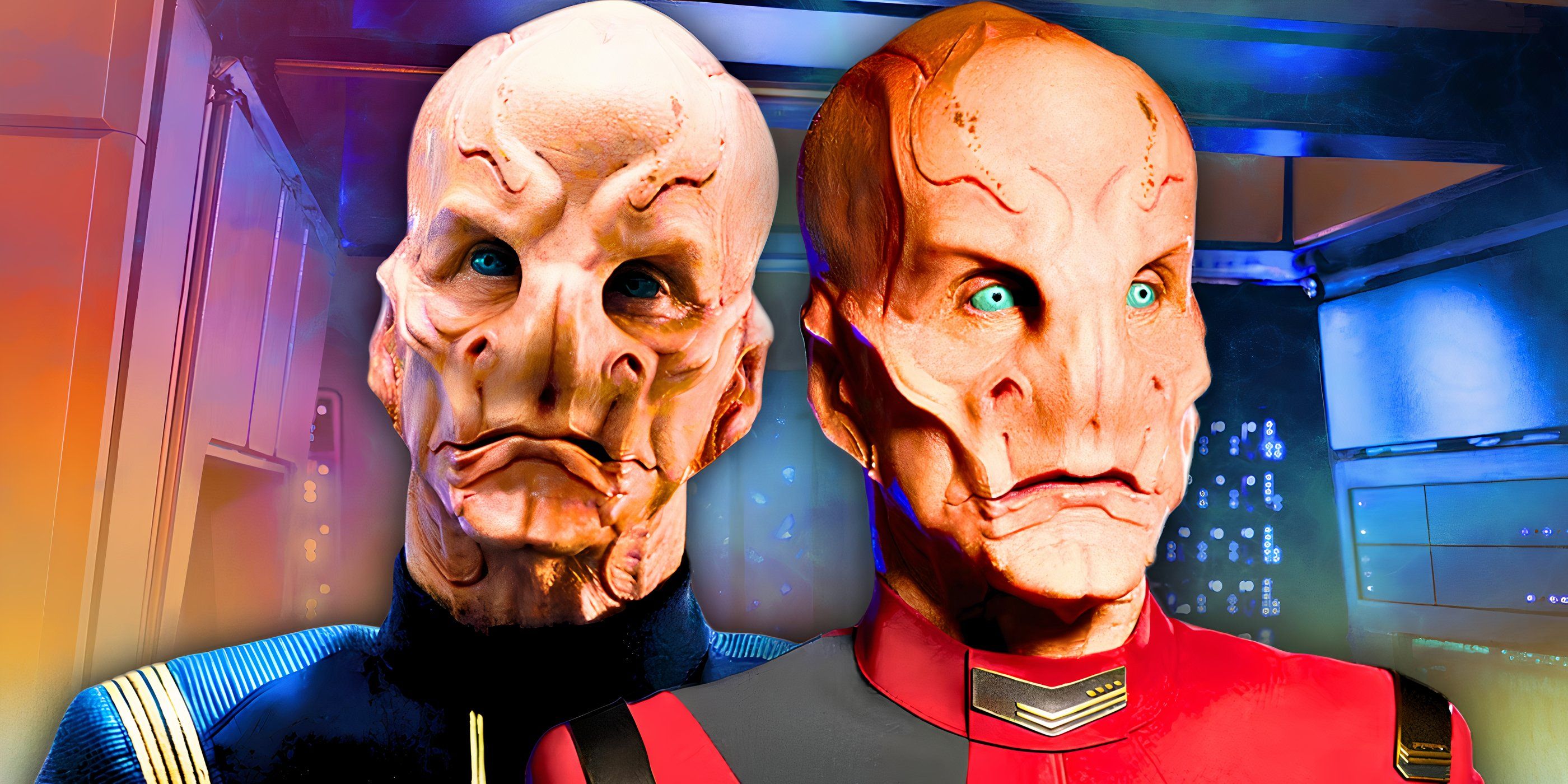
Related
Star Trek: Discovery’s Ending Beautifully Showed Saru Changed For The Better
Star Trek: Discovery’s final episode beautifully proved that Doug Jones’ Saru had undergone a major change for the better since season 1.
The Terrans
Star Trek: The Original Series, Star Trek: Deep Space Nine, Star Trek: Enterprise, Star Trek: Discovery
Introduced in Star Trek: The Original Series season 2, episode 4, “Mirror, Mirror,” the term Terrans referred to the humans of the Mirror Universe. Considered to be the exact opposite of their Prime Universe counterparts, the Terrans were ruthless, cruel, oppressive, and xenophobic. They set out to conquer the galaxy, rather than explore it, often using other species for slave labor.
The Mirror Universe popped up on
DS9
and
Enterprise,
as well as
Discovery,
which introduced two of
Star Trek’s
best new villains in Emperor Philippa Georgiou (Michelle Yeoh) and Captain Gabriel Lorca (Jason Isaacs).
Captain Kirk’s visit to the Mirror Universe had a profound impact on Mirror Universe Spock, who initiated change for the better, becoming the Terran High Chancellor. That change was short-lived, as Spock was later killed for his beliefs. Some Terrans, however, agreed with Spock’s mindset, which led the crew of the ISS Enterprise to mutiny and flee to the Prime Universe, where they built new lives.
Changelings
Star Trek: Deep Space Nine, Star Trek: Picard
The Changelings made their Star Trek debut on Deep Space Nine in the form of Constable Odo (René Auberjonois). Although Odo himself did not discover this until later, he was one of one hundred Changelings who were sent out to explore the galaxy and acquire information. When the Bajorans first found Odo drifting in space, they did not know he was a sentient being and performed painful experiments on him.
Odo eventually learned of other Changelings, known as the Founders, who created and ruled the Dominion in the Gamma Quadrant. During the Dominion War, Section 31 conducted experiments on Changeling prisoners, which led to a new form of Changelings. These Changelings, like Vadic (Amanda Plummer) in Star Trek: Picard season 3, could mimic humans almost perfectly, fooling even Starfleet scanners.
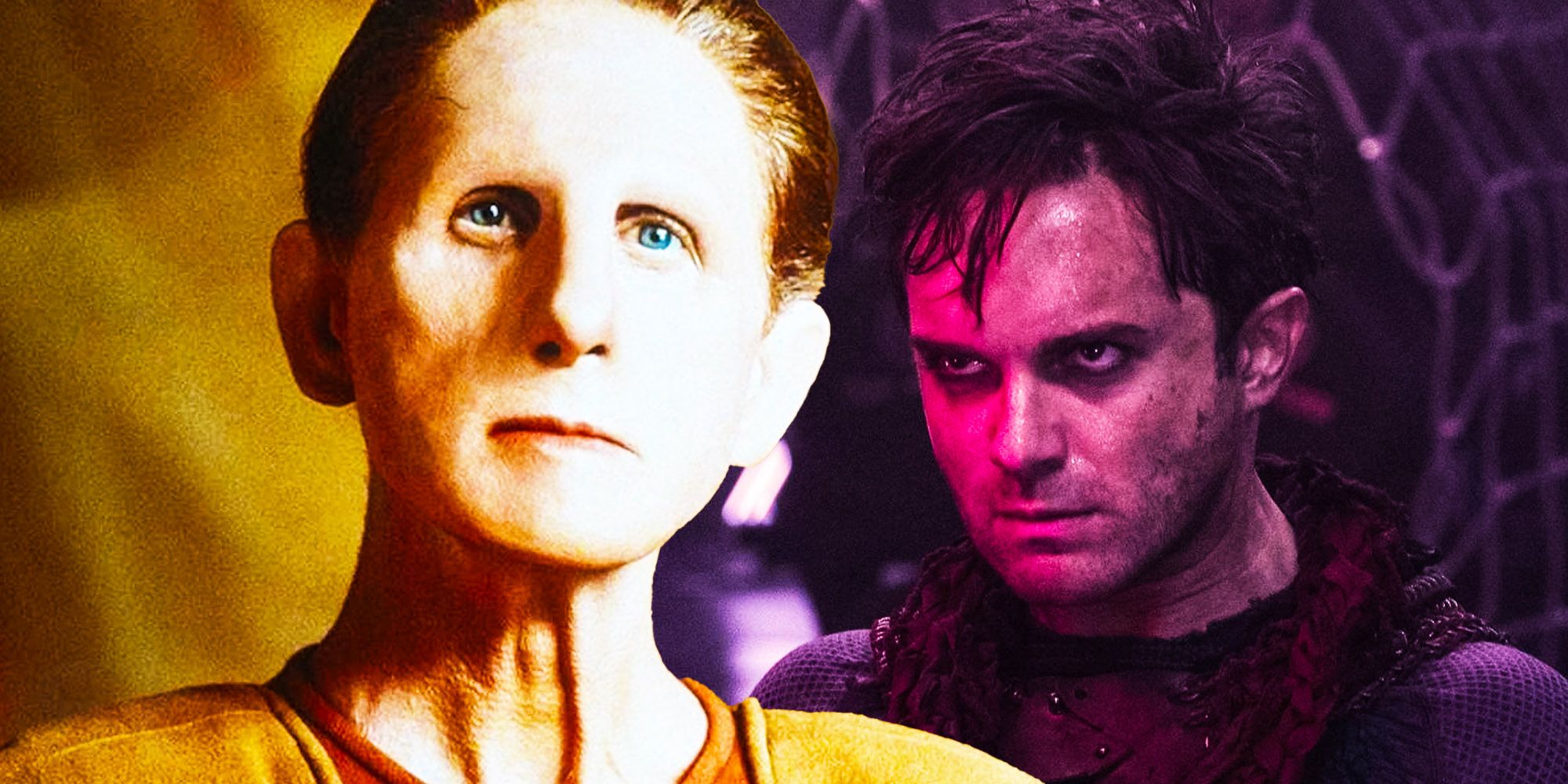
Related
DS9’s Odo Vs. Star Trek Picard’s Changelings Differences Explained
Star Trek: Deep Space Nine introduced the Changelings through Odo, but how does Odo compare to the new Changelings in Star Trek: Picard season 3?
Q
Star Trek: The Next Generation, Star Trek: Deep Space Nine, Star Trek: Voyager, Star Trek: Picard
After his introduction on Star Trek: The Next Generation, John de Lancie’s Q quickly became one of Star Trek’s best guest stars. The omnipotent being developed a fondness for Captain Picard, and popped up regularly to antagonize the Enterprise-D crew. As an individual, Q grew and developed over TNG, as he became less of a cruel manipulator and more of a sometimes helpful annoyance. Q came from the Q Continuum, where the rest of the Q lived as non-corporeal, highly advanced beings.
Star Trek: Picard
season 2 called Q’s immortality into question.
Not only could the Q traverse time and dimensions, but they were also immortal. However, Star Trek: Picard season 2 called Q’s immortality into question, as the being appeared before Picard claiming he was dying. Although Q “died” at the end of the season, he reappeared at the end of Picard season 3, ready to antagonize Picard’s son, Jack Crusher (Ed Speleers). Q does not experience time linearly, so his death in Picard season 2 could still stand, but it raises questions about the Q’s supposed immortality that a future Star Trek project could potentially answer.

